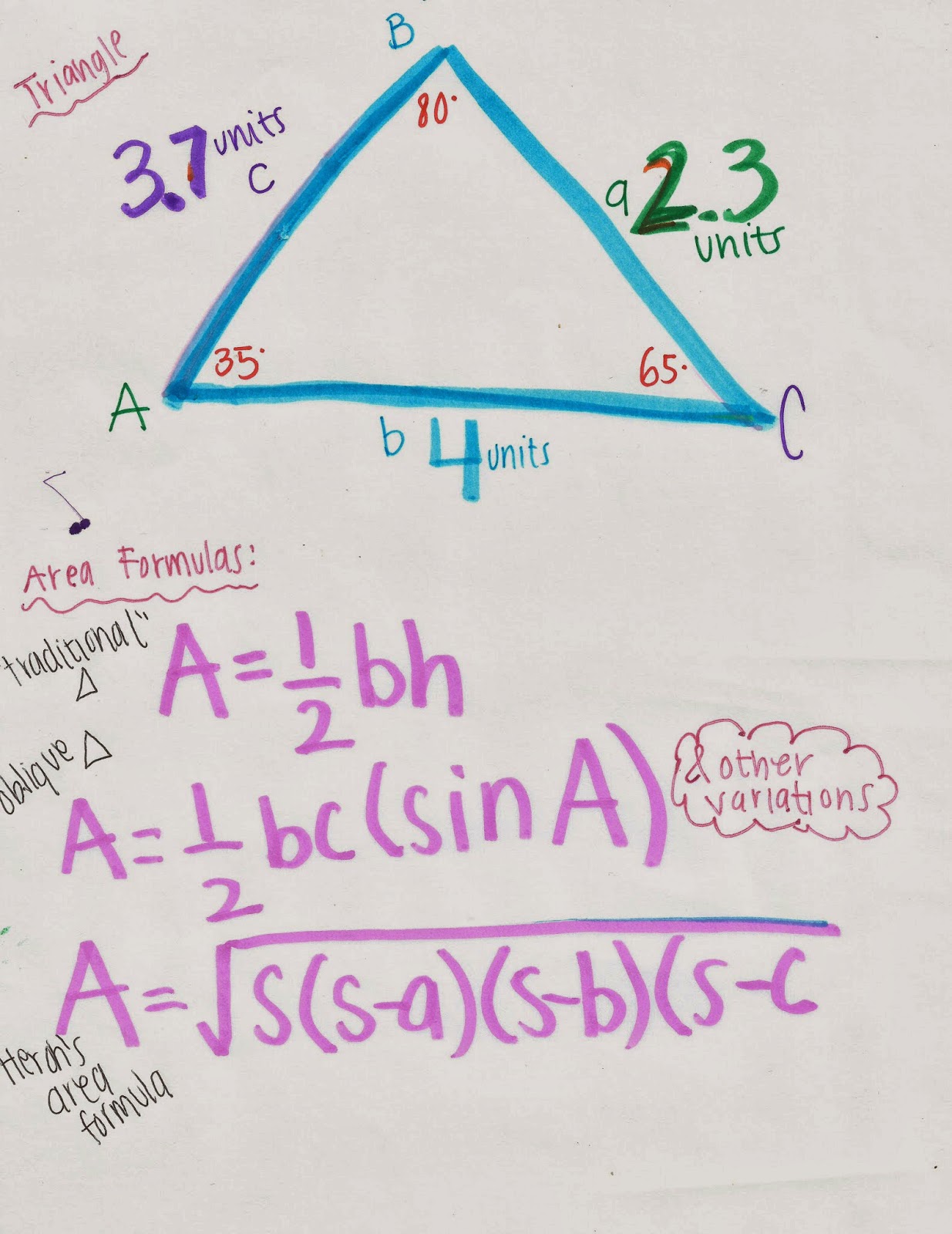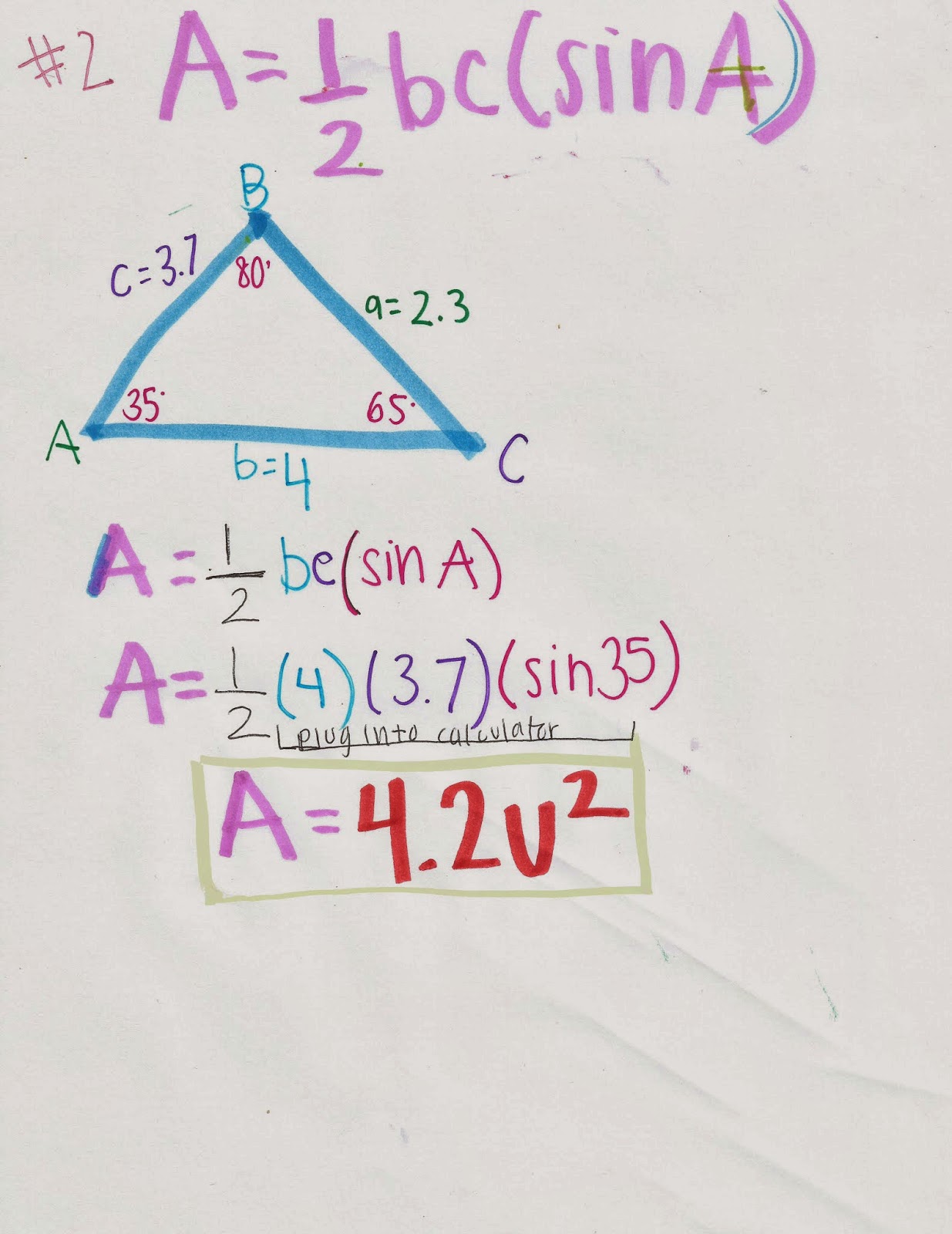1. What is a continuity? What is a discontinuity?
A continuous function has certain characteristics. For instance, a continuity does not have any breaks, holes, and/or jumps. In addition, a continuity is predictable so you know where it is headed. Also, you can draw a continuity without lifting up your pencil. Lastly, the continuity exists when the limit and the value are the same. The graph below is a continuity.
 |
| http://www.intmath.com/functions-and-graphs/7-continuous-discontinuous-functions.php |
A discontinuity is divided into two families; removable discontinuities, and non-removable discontinuity. Discontinuities have breaks, holes, or jumps. A
point discontinuity has a hole. A
jump discontinuity has different left right and can exist when there is two open circles (A) on the x-axis, one closed circle and one open circle (B). An
oscillating behavior discontinuity is very wiggly. Lastly, an
infinite discontinuity has a vertical asymptote and it has unbounded behavior.
 |
| Point discontinuity (source: http://www.wyzant.com/resources/lessons/math/calculus/limits/continuity) |
 |
| Jump discontinuity (A) (http://en.wikipedia.org/wiki/Classification_of_discontinuities) |
 |
| Jump Discontinuity (B) (http://commons.wikimedia.org/wiki/File:Jump_discontinuity_cadlag.svg) |
 |
| Oscillating Behavior (http://www.milefoot.com/math/calculus/limits/Continuity06.htm) |
 |
Infinite discontinuity (source: http://www.wyzant.com/resources/lessons/math/calculus/limits/continuity)
|
2. What is a limit? When does a limit exist? When does a limit not exist? What is the difference between a limit and a value?
A limit is the intended height of a function which is on the y-axis and it is when you approach a number it gets to a certain height. A limit can infinitely exist on a graph. A limit however, does not exist if there is a jump discontinuity and there is different left and rights are you reach that point from the left and right. In addition, limits do not exist in oscillating discontinuities due to the oscillating behavior because it is unpredictable and we can not determine the intended height. Lastly, limits do not exist when there are infinite discontinuities because of the unbounded behavior due to the vertical asymptote which means that it is going towards infinity. However, the limit is actually reached when the limit and the value are the same. The limit is the intended value and the value is the actual value.
3. How do we evaluate limits numerically, graphically, and algebraically?
When we evaluate limits numerically on a x/y table and we have to use the number that x is approaching in the middle of it. We then add .1 to the number and then we subtract .1 from the number. Then we plug in the formula, and put in the values in the table. When you look at the table, you see that the values on the y-table are getting closer to each other and this gives us the limit of the function.
We evaluate limits on the graph by using our fingers, one to the left and the other to the right of the limit that we are supposed to find. If both our fingers meet, the limit exists at this point and if they don't meet, the limit does not exist. This means that there is a non-removable discontinuity.
We can use direct substitution. dividing out, and rationalizing/conjugate method to evaluate limits algebraically. For direct substitution, you plug in the x and solve and if you get 0/0, you have to use one of the other two methods. The dividing out/factoring method is when you factor the numerator or denominator and get something to cancel. The rationalizing/conjugate method is when you multiply the fraction by the conjugate of the numerator or denominator and something will cancel. Afterwards, you will be able to use direct substitution and plug back in x to solve the problem.






















